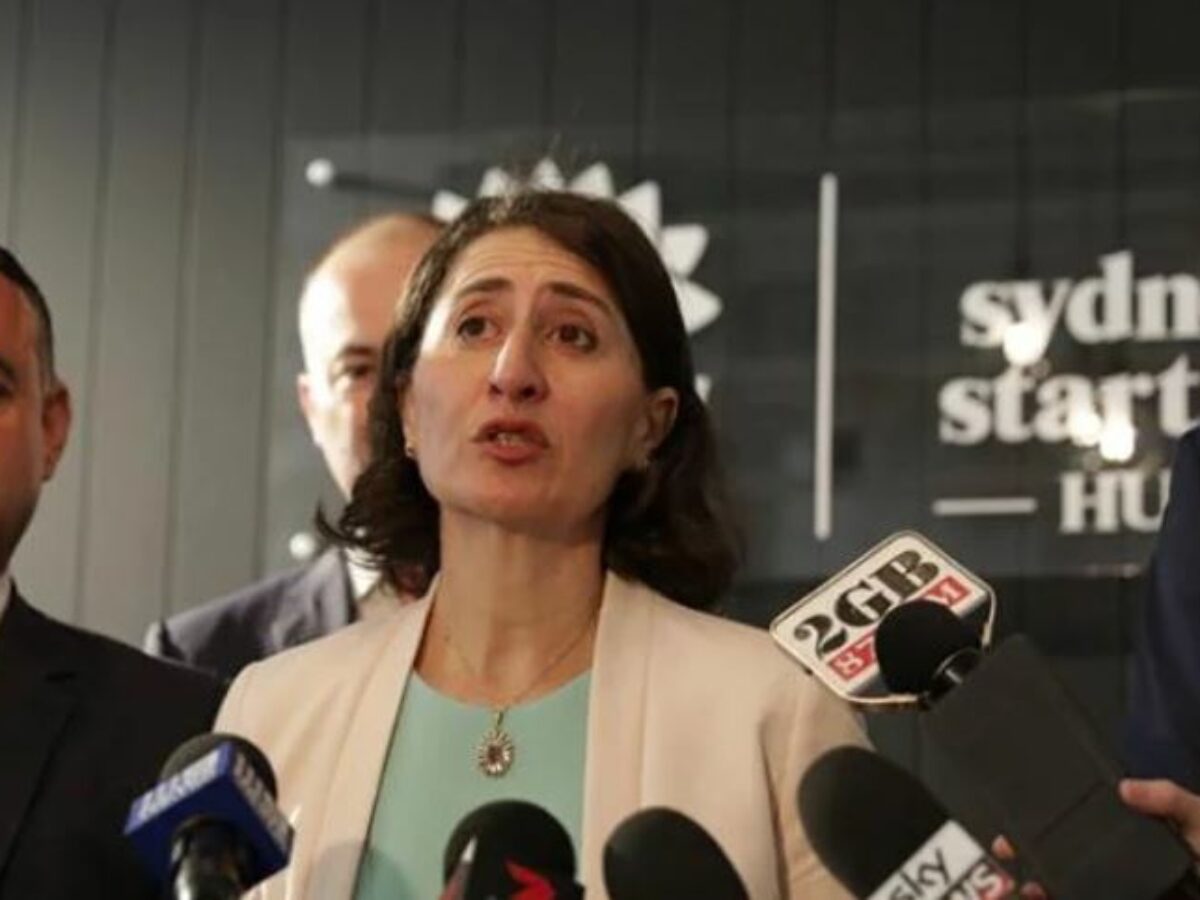NSW targets translation in industrial drive

By James Riley
A startup and SME-focused procurement reform and a plan to plug R&D linkages directly into precincts like TechCentral in Sydney are at the core of NSW government’s industrial policy zeal.
There is an ambition to the NSW government plans for accelerating research and development outcomes in the state that only comes from the very top of political leadership.
We saw it at the federal level through Malcolm Turnbull’s National Innovation and Science Agenda – a policy program that is still delivering for the tech sector – and we are now seeing it in NSW through Premier Gladys Berejiklian’s personal political commitment to an R&D overhaul, and the whole-of-government response such commitment brings.
NSW got a head start on developing industry policy to drive growth on the other side of the pandemic-recession when the Premier kicked-off a process in October 2019 – a full six months before COVID – that aimed to accelerate R&D in the state.
The result is the launch of an action plan that is focused heavily on translation issues, in creating better economic and social benefits from R&D investments. This is precisely where Australia has a dire track record.
A recent CSIRO assessment comparing Australia with other OECD countries ranked Australia at 27th out of 29 on large-business collaboration with the university sector or other non-commercial research institutions.
And worse, Australia ranked 29th out of 29 countries for SMEs collaborating with universities or other non-commercial research institutions.
The NSW parliamentary secretary to the Premier, Gabrielle Upton, who drove the process with NSW chief scientist and engineer Hugh Durrant-Whyte, said the process benefited from the shared sense of mission that was evident through the difficult year of 2020.
“Our work was emboldened by the fact that we knew there was a more collaborative approach between stakeholders on innovation,” Ms Upton said. “We saw that through COVID.”
“You had business working through government to retool from one product to another and a willingness to [work together] to do that.”
The R&D spend in NSW is about $380 million spread across many clusters and “has not been called out as an economic lever in the way it should be,” Ms Upton said.
The spending was not always focused on the industry and research priorities across government, and has not been measured for impact particularly well, she said.
It is based on those issues that NSW will establish a central government agency that will focus on these translation issues:
- Launch a Small Business Innovation Research (SBIR) program – provide competitive grants for small and medium-sized enterprises (SMEs) to find and commercialise innovative solutions to well-defined problems for NSW Government agencies.
- Boost open data – release new government datasets so businesses can make better decisions, entrepreneurs can build new businesses and the government can solve complex challenges.
- Turbocharge precincts – develop precincts to attract national and global technology industries and investment, and drive collaboration between universities, research organisations, start-ups, scale-ups and SMEs, to commercialise R&D.
- Target strategic support for NSW universities – collaborate on research that drives future NSW strategic growth industries and research-led industry attraction, and better leverage Commonwealth Government research funding.
- Establish an R&D matchmaking platform – better connect research ‘sellers’ and ‘buyers’ and link researchers to research infrastructure and expertise.
This story first appeared in InnovationAus
Picture: Gladys Berejiklian
Subscribe to our free @AuManufacturing newsletter here.
Topics Manufacturing News
@aumanufacturing Sections
Analysis and Commentary Awards Defence Manufacturing News Podcast Technology Videos






